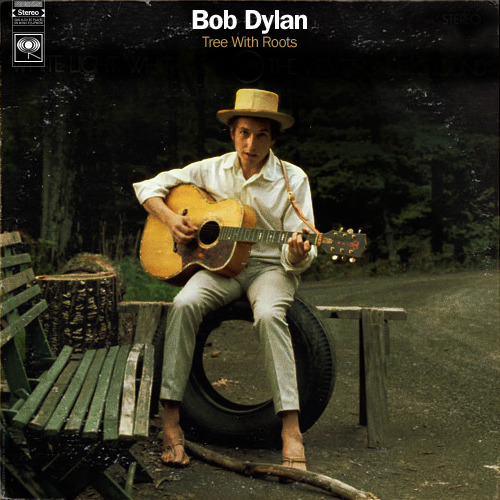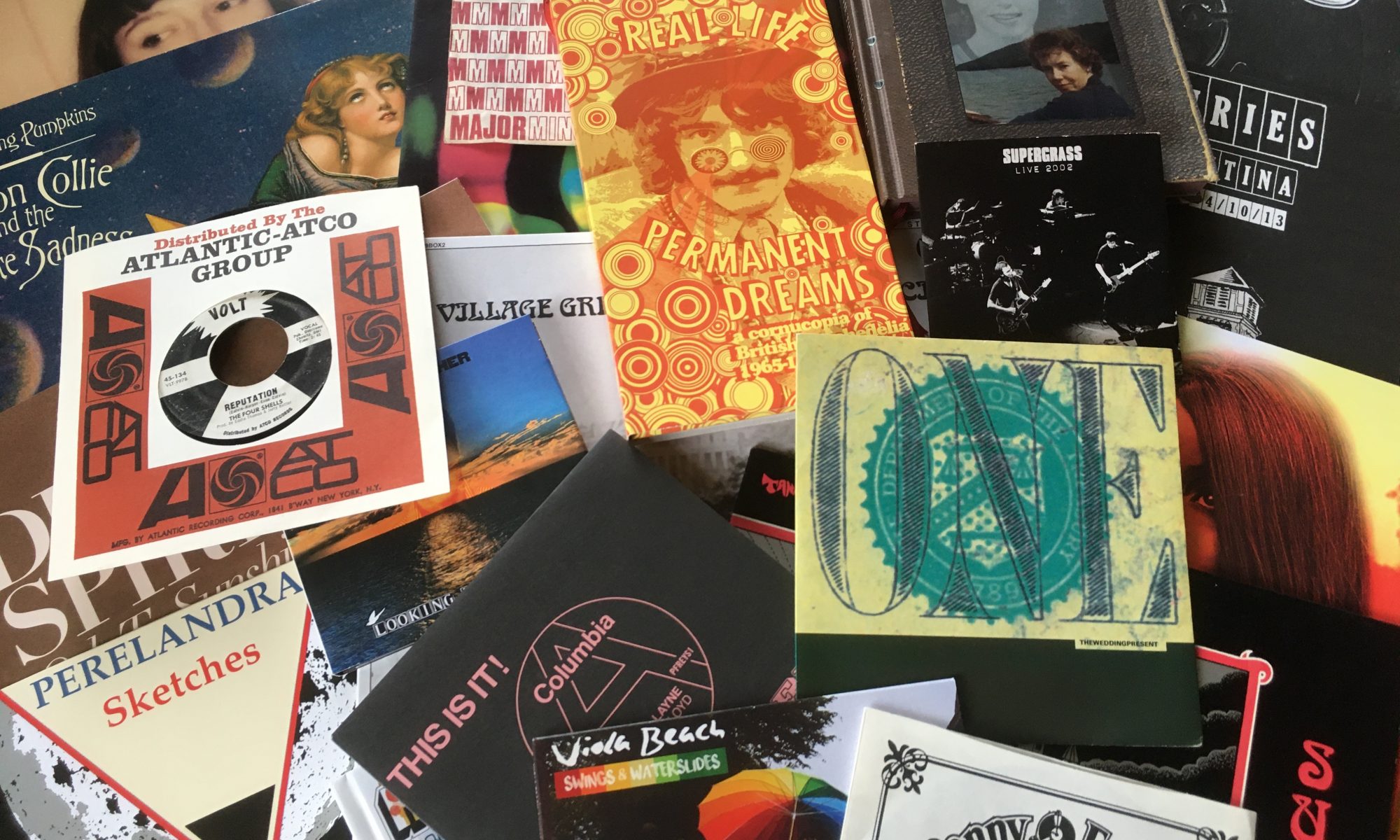
The 1960s were a time where music trends came and went relatively quickly. The music that came out in 1969 was very different from what came out in 1960. There weren’t many artists who went through through the decade without having to follow the trends, because there were artists like Dylan, who were setting them. His first album was a folk record, where he accompanied himself on acoustic guitar and harmonica. By 1966’s ‘Blonde On Blonde’, he had turned on the electricity and bucked the trend by releasing one of the first rock double albums. The music from the debut, that was only four years old at this point, was lightyears away from what Dylan was producing in 1966. Everyone waited to see what he would do next but then there was nothing for eighteen months. This was the 60s were albums would come out every six months (give or take a month or two). When The Beatles took a few months out in late 1966, there was a rumour that they had split up. That is nothing though compared to Dylan’s break, but what had caused him to take so long between records?
Dylan says that he was involved in a motorcycle accident near his home in Woodstock, New York but there are no records of an ambulance being called or show that Dylan was hospitalised. Whatever the truth, Dylan did write in his autobiography that he needed a break and would not return to touring for another eight years. He retreated to his house, but did not sit around doing nothing. Calling on The Band, who had toured with him the year before, the musicians set about recording numerous covers and new Dylan songs. Dylan would say that the recordings were not for him but for act as guides for other artists to cover, and cover them they did. ‘Quinn The Eskimo/The Mighty Quinn’ and ‘This Wheel’s On Fire’ were both top five hits for Manfred Mann and Julie Driscoll, Brian Auger & the Trinity respectively. The Byrds recorded two of the songs for their ‘Sweetheart of the Rodeo’ LP and Fairport Convention included ‘Million Dollar Bash’ on their ‘Unhalfbricking’ album.
The sessions that became known as the Basement Tapes would appear on rocks first bootleg record, the infamous ‘Great White Wonder’. This intern would lead to a whole industry to spring up around unauthorised releases and Dylan is believed to be the most bootlegged artist in history. He even acknowledged this when his archival releases are called ‘The Bootleg Series’. There was an attempt to beat the bootleggers, six years too late with the release of ‘The Basement Tapes’ album in 1975. However, this was not the complete story as there were multiple songs that were not included on this release and it would take until 2014 when the entire still listenable performances were given the deluxe box set selection.
Hearing these performances, it is easy to see that these were guide performances as there are some out of tune vocals and some loose playing. It only adds to the charm. There were also a lot of performances, especially early on in the recording process where there were a number of cover versions and traditional songs being played as the musicians got used to playing with one another. 138 of these performances would see the light of day on ‘The Bootleg Series Vol.11: The Basement Tapes Complete’. What is quite incredible is the amount of songs that Dylan wrote for these sessions, with not one of them being used on his next album, ‘John Wesley Harding’. The rootsy nature of that album and The Band’s ‘Music From Big Pink’ would usher in a more basic style of recording that would influence artists such as Eric Clapton to leave Cream and The Beatles to pull back on the excesses of their self titled album to go back to simpler style for the ‘Let It Be’ sessions.
What this compilation, we look at what-if Dylan had decided to be even more rootsy and release a selection of the self written material as an album in 1967 and pushed back ‘John Wesley Harding’ until mid 1968. Even though this album would not have seen the light of day in 1967, it would have been interesting how this would have received. A record with mostly short songs with only five on this release clocking in at over four minutes. The loose playing would have also stood out against the majority of music that was being produced in 1967. If you look at the amount of time that The Beatles and Brian Wilson spent recording ‘Sgt Pepper’ and ‘Smile’ to see that these live takes were harking back to a simpler time for reading music.
When compiling this, I thought that it would there would only enough material for a single disc, which is what the record label would no doubt have instead on after the release of ‘Blonde on Blonde’, However, there was so much good material that I felt it would be a waste not to use them. I also had three songs left over and used them as a single (with two B-Sides). How Dylan was able to write this much material without re-recording it shows what a purple patch he was going through from 1963 to 1969. This would all come to a grinding halt with the release of the ‘Self Portrait’ album in 1970, but there would be stacks of great material still to come in the years that followed.
Side A
- Odds & Ends (Take 2)
- Please Mrs. Henry
- Apple Suckling Tree (Take 2)
- You Ain’t Goin’ Nowhere (Take 2)
- Crash On The Levee (Take 2)
- Yea! Heavy & A Bottle Of Bread (Take 2)
- Nothing Was Delivered (Take 2)
- I Shall Be Released (Take 2)
Side B
- Million Dollar Bash (Take 2)
- Tiny Montgomery
- My Woman She’s A-Leavin’
- Santa-Fe
- Mary Lou, I Love You Too
- Open The Door Homer (Take 1)
- Quinn The Eskimo (Take 2)
- Spanish Is The Loving Tongue
Side 3
- Silent Weekend
- Clothes Line Saga
- Dress It Up, Better Have It All
- Too Much Of Nothing (Take 2)
- Lo & Behold! (Take 2)
- Sign Of The Cross
Side D
- 900 Miles From Home
- Goin’ To Acapulco
- I’m Not There
- Tears Of Rage (Take 2)
- One For The Road
Bonus Single
- This Wheel’s On Fire (Single A-Side)
- I’m Alright (Single B-Side)
- Cool Water (Single B-Side)
The front cover of the LP is taken from ‘I Design Album Covers’ website (https://idesignalbumcovers.tumblr.com).
